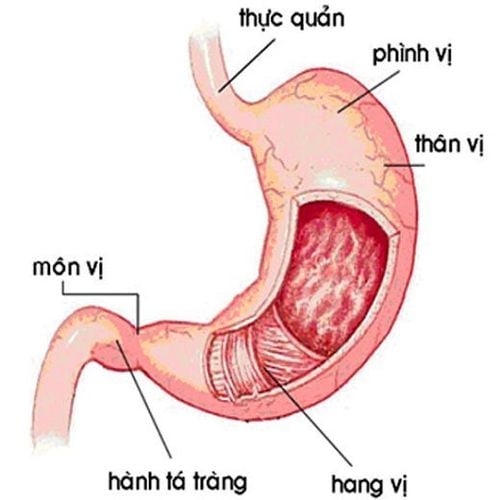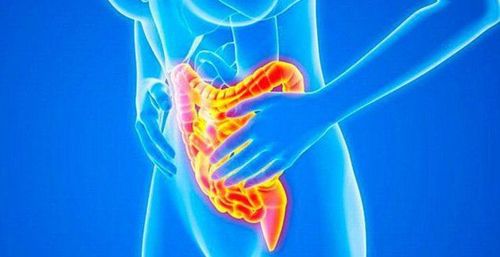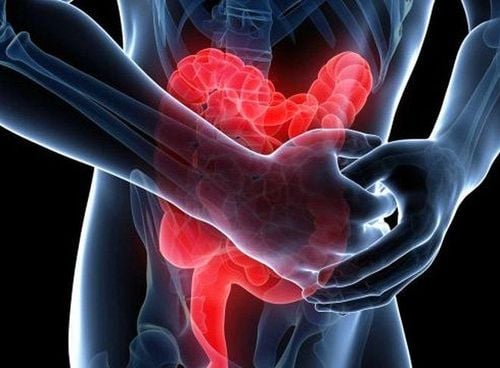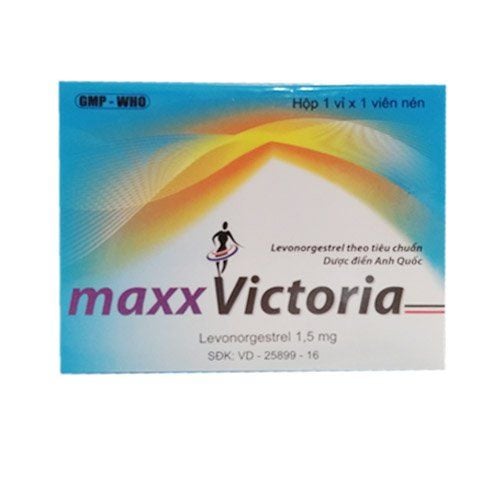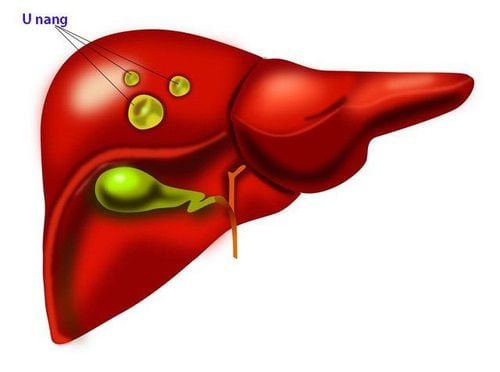This is an automatically translated article.
Posted by Master, Doctor Mai Vien Phuong - Department of Examination & Internal Medicine - Vinmec Central Park International General Hospital
Advanced endoscopic imaging in inflammatory bowel disease has seen a major innovation revolution in the past 10 years, including both live and virtual chromoscopy. The results of dye-stained colonoscopy are highly anticipated and may open new avenues for diagnostic and therapeutic strategies in inflammatory bowel disease.
1. What is Crohn's disease?
Crohn's disease is an inflammatory bowel disease (IBD) that causes ulcers to form in the digestive tract anywhere from the mouth to the anus. The disease can cause intermittent ulcers anywhere from the mouth to the anus.
Symptoms include abdominal pain, intermittent cramping, diarrhea and bloody diarrhea. Other symptoms include weight loss, pain in the stomach, joint pain, and fatigue. Some patients with Crohn's disease have severe symptoms, while in others, symptoms are less severe. In some cases, people with the disease go a long time without symptoms even without treatment, while others have a serious illness that requires long-term treatment or even surgery.
2. Who often gets Crohn's disease?
In the US, there are about 500,000 people with Crohn's disease, anyone is at risk of developing this disease, but until now the main cause has not been identified, it seems that the disease has factors familial, but the genetic pattern is unknown.

3. The Relationship Between Inflammatory Bowel Disease and Crohn's Disease
Inflammatory bowel disease (IBD) includes 2 main types, ulcerative colitis (UC) and Crohn's disease (CD). It is now accepted that both groups of patients have an increased risk of developing inflammatory bowel cancer (CAC). Chronic inflammation of the gastrointestinal mucosa is an important factor for the development of cancer-associated colitis (CAC). Therefore, chronic use of anti-inflammatory drugs has been suggested to reduce the risk of colitis. However, most studies cannot prove that anti-inflammatory drugs commonly used to treat inflammatory bowel disease have chemopreventive effects against cancer. Therefore, new efforts have been made to better define the development of mucositis in IBD in order to establish more effective targeted and preventive therapies.
Recently, Günther et al. have shown that cysteine protease caspase 8 is critically involved in regulating intestinal homeostasis and protecting intestinal epithelial cells from TNF-induced necrotic cell death α-induced, thus suggesting new treatments in inflammatory bowel disease.
4. Inflammatory bowel disease linked to colon cancer
While all patients with inflammatory bowel disease are at risk of developing colitis, the duration and extent of the disease have been shown to be risk factors for developing cancer. Correspondingly, patients with exacerbations lasting more than 10 years or colitis are at increased risk. Therefore, most guidelines recommend follow-up colonoscopy as the gold standard for the diagnosis of intraepithelial neoplasia and cancer in inflammatory bowel disease.
Although colitis can occur in raised inflammatory lesions, it can also develop in normal (i.e. “flat”) mucosa. Data from the literature indicate that in 50%–80% of cases with colitis-associated tumors, the lesions are not visible on colonoscopy. This aspect limits the usefulness of endoscopic visualization and necessitates multiple random biopsies, which is a time-consuming, expensive, and ineffective endeavor.

Therefore, it is clear that new and more advanced endoscopic imaging techniques are needed to monitor inflammatory bowel disease. In recent years, emerging endoscopic imaging techniques have been introduced, allowing more detailed analysis of mucosa and submucosa. This article describes the concept of advanced endoscopic imaging for the diagnosis and characterization of Crohn's disease.
Vinmec International General Hospital is a prestigious address trusted by many patients in performing diagnostic techniques for digestive diseases, diseases that cause chronic diarrhea, Crohn's disease... Along with that, at Vinmec Hospital, screening for gastric cancer and gastric polyps is done through gastroscopy with Olympus CV 190 endoscope, with NBI (Narrow Banding Imaging) function for The imaging results of mucosal pathology analysis are clearer than conventional endoscopy, detecting ulcerative colitis lesions, early gastrointestinal cancer lesions... Vinmec Hospital with facilities With modern quality and equipment and a team of experienced experts, always dedicated to medical examination and treatment, customers can rest assured with gastroscopy and esophagogastroduodenoscopy at Vinmec International General Hospital. .
Please dial HOTLINE for more information or register for an appointment HERE. Download MyVinmec app to make appointments faster and to manage your bookings easily.
References:
Ullman TA, Itzkowitz SH. Intestinal inflammation and cancer. Gastroenterology. 2011;140(6):1807–1816. [PubMed] [Google Scholar] Farraye FA, Odze RD, Eaden J, Itzkowitz SH. AGA technical review on the diagnosis and management of colorectal neoplasia in inflammatory bowel disease. Gastroenterology. 2010;138(2):746–e4. [PubMed] [Google Scholar] Günther C, Martini E, Wittkopf N, et al. Caspase-8 regulates TNF-alpha , epithelial necroptosis and terminal ileitis. Nature. 2011;477(7364):335–339. [PMC free article] [PubMed] [Google Scholar] Neumann H, Vieth M, Langner C, Neurath MF, Mudter J. Cancer risk in IBD: how to diagnose and how to manage DALM and ALM. World Journal of Gastroenterology. 2011;17(27):3184–3191. [PMC free article] [PubMed] [Google Scholar] Rutter MD, Saunders BP, Wilkinson KH, et al. Thirty-year analysis of a colonoscopic surveillance program for neoplasia in ulcerative colitis. Gastroenterology. 2006;130(4):1030–1038. [PubMed] [Google Scholar] Helmut Neumann, Klaus Mönkemüller. Advanced Endoscopic Imaging for Diagnosis of Crohn's Disease, Gastroenterol Res Pract. 2012; 2012: 301541.





